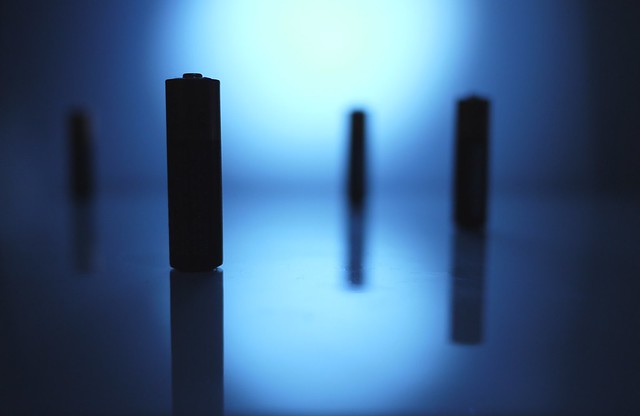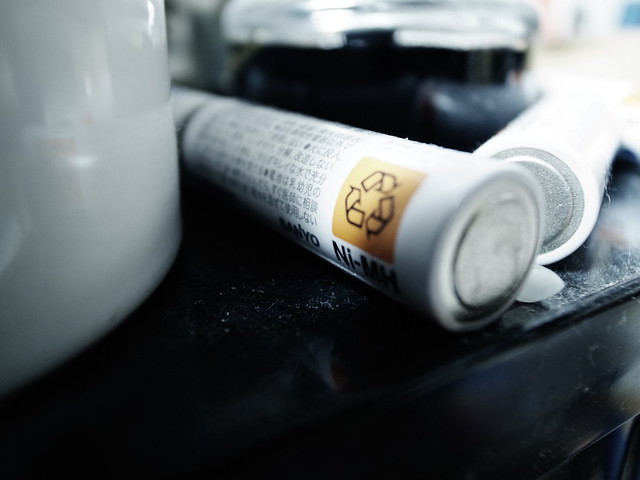What is the minimum required voltage for charging a li-ion battery?
Nov 27, 2019 Pageview:1988
When you charge your lithium-ion batteries properly, that will enable the battery to provide its best performance and you enjoy maximum service life. Therefore, to ascertain if a lithium-ion battery is being properly charged, you have to do the charging with a battery management system. This regulates the level of charge as well as the discharge and the speed or rate at which they occur.
Lithium-ion batteries are charged at about 4.2 ± 0.05 V per cell except for the "long military life" cells, which uses 3.92 V to extend the battery life. Mostly, the protection circuits will be cut-off when a voltage that is higher than 4.3 V or a temperature that is higher than 90°C is reached in the battery. If the battery is below 2.50/V, then the battery protection circuit may render your battery unrechargeable when you use the regular charging equipment. Most of the battery circuits stop at about 2.7-3.0 V / cell.
So, in other to achieve the full state of charge of the battery, you should normally aim for 4.2V. Practically, charging lithium-ion safely and effectively requires a few steps –following these steps can help you reach your goal –of better charging your battery. You may also need a dedicated charging chip. You should also check your datasheets for the ones that look interesting, but many work well with a supply voltage of just over 4.2V.
Charging voltage experiments of li-ion battery
Most batteries have a different charge voltage. Anything below this voltage, it is impossible to move the chemistry in the right direction; above this voltage, it is possible to fully charge the battery, although it may take a long time if it is higher than the chemistry voltage.
With lithium-ions (lithium ions, lithium polymers, and lithium iron phosphate, etc.), that’s not always the case. Below a certain voltage, there is usually no action, the chemistry of the battery will not move. However, an important part of the charging process is to bring the ions in and out of the solid compounds. These compounds usually have a space between the crystalline planes or within the crystal structure for the insertion of small ions like lithium. However, it requires force to push them in, and the stronger the force, the more the force of the loading of crystal. This loading of small atoms in a crystal structure is known as intercalation.
It is therefore logical that the amount of charge depends on the voltage. But since there haven’t been any data on this, an experiment is needed. Find below;
We made use of an ultra-thin lithium-polymer battery of 60 mAh. This small capacity can be charged and also discharged quickly, and it will not overheat. And also, if something bad happens, it cannot accumulate pressure and does not have enough energy to do damage. Besides, you can easily determine if something is going wrong. This is because the battery will start puffing up. But it is not likely to and that never happened in these tests.
The charging process was performed with a laboratory power supply, the voltage used was set and the battery was connected regardless of the current limit. Typical start-up currents were 60 to 100 mA and at higher voltages.
The battery was then discharged at a rate of 100 mA at a terminal voltage of 2.8 volts.
It seems that the magic number is at 3.8 volts. Below that voltage, there is no significant charging, but there is above that. Lithium-ion batteries as you know do not care if it's not fully charged. So if only 3.8 volts are present and the loss of capacity does not matter, you can use 3.8 volts. Unfortunately, in the modern digital age, the supply voltage is about 3.3 volts, which will not work at all.
It is interesting to note that the cycle of life increases at low voltage. The equation is approximately Ef (Vch) = 2 ^ [10 * (4.2-Vch)], where Ef is the improved life cycle factor (Ef = 2 would mean that the battery will survive the double charge-discharge cycles of Ef = 1). And Vch is the charging voltage.
If you require a battery that can provide you with about 4,800 to 8,000 charge/discharge cycles down to 2.8 volts, you can charge the battery at 3.8 V and use the 36% of the nominal capacity.
How to charge a li-ion battery
The lithium-ion batteries are a class of battery that is easy to charge. The major issue with these batteries is charging them safely. The basic algorithm of the battery is to charge them at a constant current (0.2 to 0.7 C, this depends on the manufacturer) until the li-ion battery reaches 4.2 volts per cell (Vpc) and then holds the voltage at 4.2 volts, till the charge current has reduced to about 10% of the initial charge rate. The termination condition is the 10% drop in the charge current. The maximum charging voltage and the termination current vary slightly depending on the manufacturer.
However, for safety reasons, a charge timer has to be included.
The charge may not be terminated on a voltage. The capacity attained at 4.2 volts per cell represents only 40% to 70% of the total capacity unless the charging is done very slowly. Because of this reason, it is necessary to continue charging until the power or current drops and to stop on the low current.
It is pertinent to note that trickle charging of lithium batteries is not allowed. However, float charging is a useful option.
When the charging rate is low during the constant current phase, the charging process takes less time during the constant voltage drop. When the charge is less than about 0.18 ° C, the cell is full when it reaches 4.2 volts. This may be used as an alternate charge algorithm. Just charge the battery below 0.18 C and stop charging as soon as the voltage reaches 4.2 volts per cell.
- Prev Article: Charging Lithium Batteries in Parallel
- Next Article: Difference Between Li-ion And Li-ion Polymer Battery
Leave Message
Hottest Categories
-
Hottest Industry News
-
Latest Industry News











